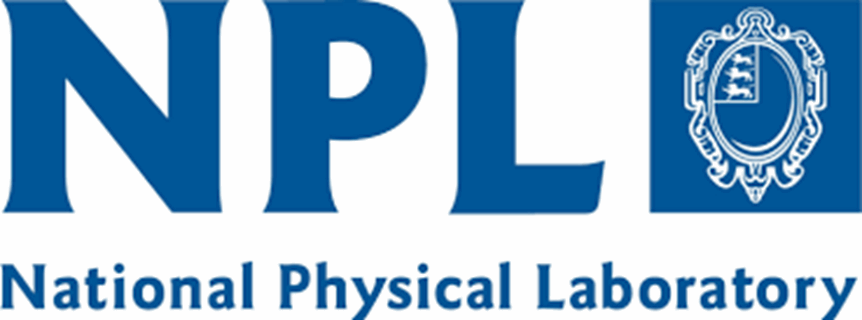Microstructural and Residual Evolution of an interface layer produced during Additive Manufacturing
Matthew Ferguson
Dr Tatyana Konkova ( Academic Supervisor )
Dr Ioannis Violatos ( Academic Supervisor )
Dr Tony Fry ( Industrial Supervisor )
National Physics Laboratory

Project Overview
During additive manufacturing the interface region between a deposited component and substrate go through complex thermal gyrations, cooling rates and solidification rates. Through subsequent layer addition, the interface experiences a host of differing cooling rates, remelted regions and solidification times.
The continual solidification and remelting paves way for a complex temperature history, which, in effect results in complicated, thermally induced evolution of microstructure and residual stress. This project aims to develop understanding on the effect of process parameters to temperature history which correlates to the desired microstructure. In addition to microstructural evolution, residual stresses generated during manufacturing aims to be understood directly at the interface region.

Why Strathclyde
Strathclyde University makes for an excellent research facility given the vast range of knowledge, material available and specialist equipment. To carry out research at one of the UK leading universities for innovation is a real privilege as a high-caliber of equipment is utilized to produce incredible clarity on the project. The Advanced Forming Research Centre, where majority of the project work takes place has a whole host of knowledgeable staff with intricate specialist equipment to which training is carried out and understood. Set in the heat of Glasgow, Scotland's largest city allows the researcher to explore amazing food opportunities and with such a diverse culture, builds bonds with staff and students from a vast range of countries. Strathclyde has earned the reputable status of excellence in many different categories but with respect to this project, engineering, is phenomenally advanced.

Business Impact
Laser metal deposition is still in it's infancy therefore research developed in this project allows fundamental knowledge on the correlation between the manufacturing process and desired mechanical properties. By utilizing this lab-based research, key microstructural changes and residual stresses distributions can be understood and applied to an up-scaled approach.
Researcher Experience
The experience with the Advanced Forming Research Centre and National Physics Laboratory has allowed key aspects of the project to be experimentally validated. The complex but advanced equipment exploits regions of interest within the project that otherwise wouldn't have been understood. The industrial expertise from both parties has benefited the researcher astronomically through guidance and understanding of certain key aspects of the project. An example would be where without industrial connections, certain phases of the alloy couldn't be understood, adding high levels of validation to the project.
